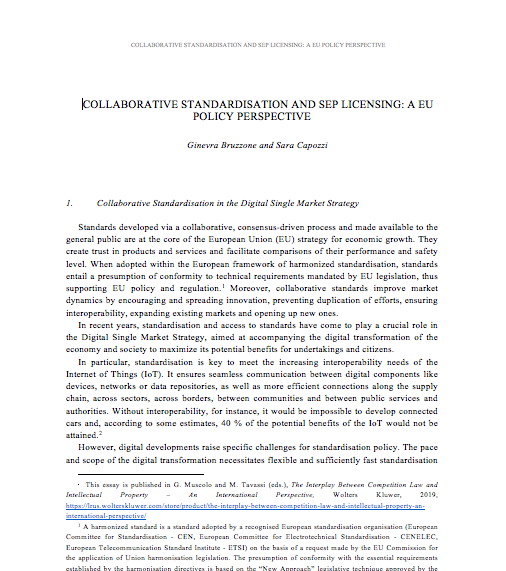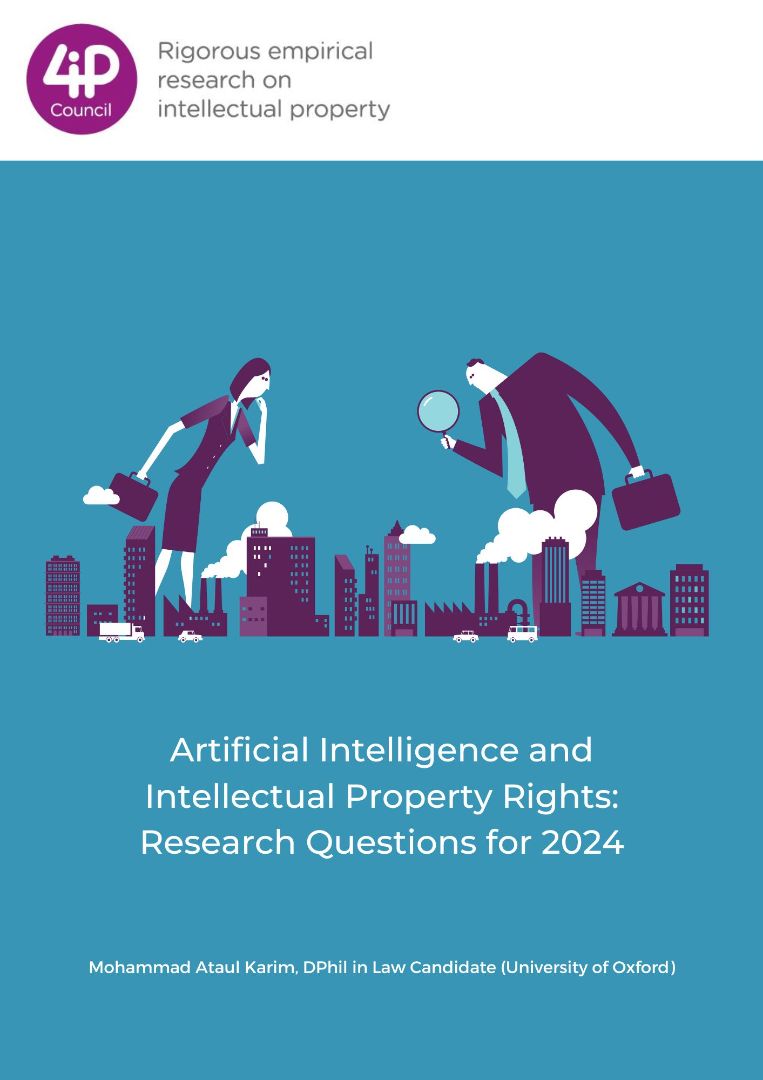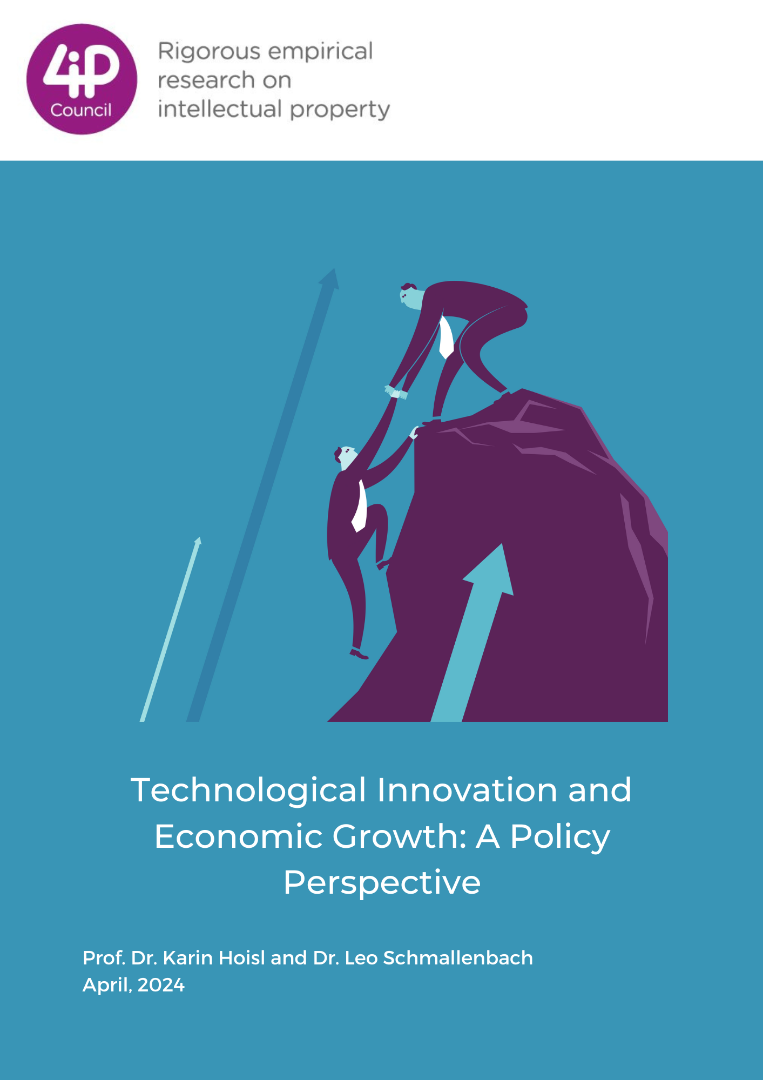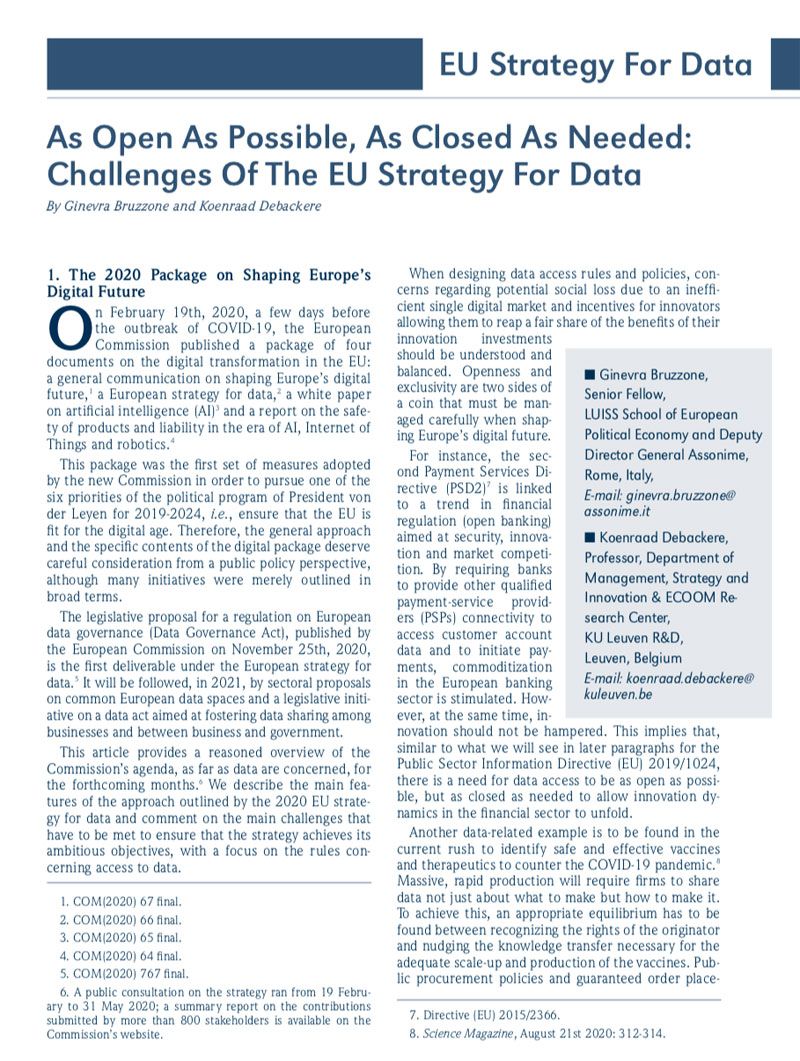COLLABORATIVE STANDARDISATION AND SEP LICENSING: A EU POLICY PERSPECTIVE
Ginevra Bruzzone and Sara Capozzi
1. Collaborative Standardisation in the Digital Single Market Strategy
Standards developed via a collaborative, consensus-driven process and made available to the general public are at the core of the European Union (EU) strategy for economic growth. They create trust in products and services and facilitate comparisons of their performance and safety level. When adopted within the European framework of harmonized standardisation, standards entail a presumption of conformity to technical requirements mandated by EU legislation, thus supporting EU policy and regulation. Moreover, collaborative standards improve market dynamics by encouraging and spreading innovation, preventing duplication of efforts, ensuring interoperability, expanding existing markets and opening up new ones.
In recent years, standardisation and access to standards have come to play a crucial role in the Digital Single Market Strategy, aimed at accompanying the digital transformation of the economy and society to maximize its potential benefits for undertakings and citizens.
In particular, standardisation is key to meet the increasing interoperability needs of the Internet of Things (IoT). It ensures seamless communication between digital components like devices, networks or data repositories, as well as more efficient connections along the supply chain, across sectors, across borders, between communities and between public services and authorities. Without interoperability, for instance, it would be impossible to develop connected cars and, according to some estimates, 40 % of the potential benefits of the IoT would not be attained.







